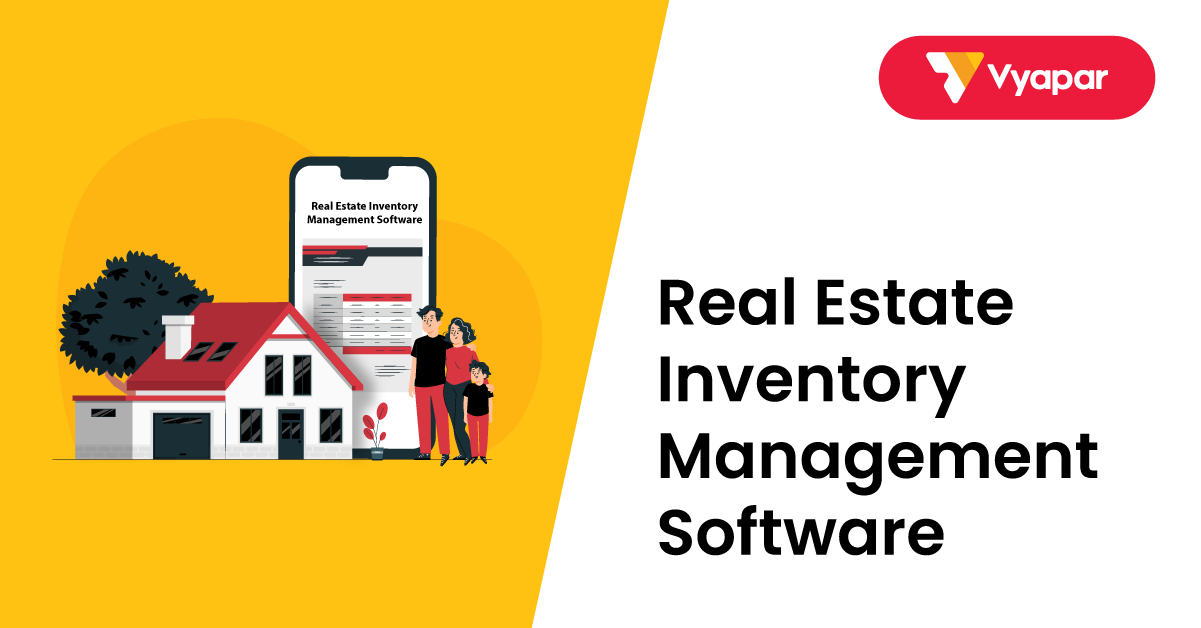Business inventory for real estate development – In the dynamic world of real estate development, maintaining an accurate and comprehensive inventory of properties and projects is paramount. Business inventory management plays a crucial role in optimizing asset utilization, minimizing holding costs, and maximizing return on investment.
Real estate developers hold various types of inventory, including land, developed properties, and projects under construction. Effective inventory management involves categorizing and classifying inventory based on its stage of development, location, and intended use. By leveraging inventory management systems and technologies, developers can streamline inventory tracking, enhance decision-making, and gain a competitive edge.
Business Inventory for Real Estate Development
An accurate inventory of properties and development projects is essential for real estate developers to track their assets, manage their cash flow, and make informed decisions. An inventory system provides a centralized repository for all relevant information about a developer’s properties, including location, size, zoning, ownership status, and development plans.
This information can be used to generate reports, create marketing materials, and track progress on development projects.
Inventory Management Systems and Technologies
There are a number of different inventory management systems and technologies available to real estate developers. Some of the most common include:
- Property management software: This type of software is designed to help developers manage their properties on a day-to-day basis. It can track tenant information, rent payments, maintenance requests, and other property-related data.
- Geographic information systems (GIS): GIS software can be used to create maps and other visual representations of a developer’s properties. This information can be used to identify potential development sites, analyze market trends, and make informed decisions about land use.
- Data analytics tools: Data analytics tools can be used to analyze data from a developer’s inventory system to identify trends and patterns. This information can be used to improve decision-making and increase profitability.
Types of Business Inventory
![]()
Real estate developers hold various types of inventory to support their operations. These inventories can be classified based on their stage of development, location, and intended use.
Stage of Development
- Raw Land:Undeveloped land that has not yet been prepared for construction.
- Work in Progress (WIP):Properties that are under construction or undergoing renovations.
- Finished Goods:Completed properties that are ready for sale or lease.
Location
- On-site Inventory:Inventory located at the development site, including materials, equipment, and finished units.
- Off-site Inventory:Inventory stored at a separate location, such as a warehouse or storage facility.
Intended Use
- Speculative Inventory:Properties developed without a specific buyer or tenant in mind.
- Build-to-Order Inventory:Properties constructed based on specific customer requirements.
- Inventory for Sale:Properties held for immediate sale.
- Inventory for Lease:Properties held for rental purposes.
Inventory Management Strategies

Effective inventory management is crucial for optimizing real estate development operations and maximizing returns. Implementing best practices helps minimize holding costs, maintain optimal inventory levels, and maximize return on investment.
Inventory management techniques include:
Just-in-Time Inventory (JIT)
- Involves acquiring materials and components only when needed for immediate use, reducing storage and holding costs.
- Requires accurate forecasting and coordination with suppliers to ensure timely delivery.
Vendor-Managed Inventory (VMI)
- Relies on suppliers to manage inventory levels and replenish stock as needed.
- Improves inventory accuracy, reduces waste, and streamlines communication.
First-In, First-Out (FIFO) Inventory Method, Business inventory for real estate development
- Assumes that the oldest inventory is sold first, preventing obsolete materials from accumulating.
- Helps maintain inventory freshness and quality.
Last-In, First-Out (LIFO) Inventory Method
- Assumes that the newest inventory is sold first, reducing the impact of inflation on inventory costs.
- Can be beneficial during periods of rising prices.
Safety Stock Management
- Involves maintaining a buffer of extra inventory to mitigate risks associated with supply chain disruptions or unexpected demand fluctuations.
- Balances the cost of holding safety stock against the potential losses from stockouts.
Inventory Valuation and Accounting
Inventory valuation is the process of determining the value of real estate inventory for accounting purposes. This value is used to calculate the cost of goods sold, which is a key component of the income statement. Inventory valuation can also impact the balance sheet, as it affects the value of the company’s assets.
There are a number of different methods that can be used to value real estate inventory. The most common methods are:
Cost
- First-in, first-out (FIFO)
- Last-in, first-out (LIFO)
- Weighted average cost
The FIFO method assumes that the first inventory purchased is the first inventory sold. The LIFO method assumes that the last inventory purchased is the first inventory sold. The weighted average cost method assumes that the cost of inventory is the average cost of all inventory purchased during the period.
The choice of inventory valuation method can have a significant impact on the financial statements. For example, if the cost of inventory is rising, the FIFO method will result in a higher cost of goods sold and a lower net income than the LIFO method.
Conversely, if the cost of inventory is falling, the LIFO method will result in a higher cost of goods sold and a lower net income than the FIFO method.
Inventory valuation can also impact tax reporting. The Internal Revenue Service (IRS) allows taxpayers to use either the FIFO or LIFO method for valuing inventory. However, the IRS requires taxpayers to use the same method for both financial reporting and tax reporting.
Inventory Analysis and Decision-Making

Inventory analysis plays a pivotal role in real estate development, enabling developers to make informed decisions that drive profitability and mitigate risks. By analyzing inventory data, developers gain insights into their current inventory levels, demand patterns, and market trends, which allows them to optimize their operations and make strategic choices.
Identifying Opportunities
- Identifying High-Demand Areas:Inventory analysis can reveal areas with high demand for specific property types. This information guides developers in acquiring land and developing properties that cater to the unmet needs of the market.
- Targeting Specific Buyer Segments:By understanding the characteristics of their existing inventory and buyer demographics, developers can tailor their future developments to target specific buyer segments. This includes analyzing factors such as age, income level, and lifestyle preferences.
Mitigating Risks
- Reducing Overstocking:Inventory analysis helps developers avoid overstocking by providing data on unsold units and projected demand. This allows them to adjust their construction schedules and sales strategies to prevent excessive inventory levels.
- Managing Market Fluctuations:By monitoring inventory levels and market trends, developers can anticipate market fluctuations and adjust their inventory accordingly. This helps them mitigate the impact of economic downturns or changes in buyer preferences.
Optimizing Operations
- Improving Sales Velocity:Inventory analysis can identify slow-selling units and help developers understand the reasons for their low demand. This information allows them to implement targeted sales strategies, such as price adjustments or marketing campaigns, to improve sales velocity.
- Efficient Land Utilization:By analyzing the size and type of their inventory, developers can optimize land utilization. This includes identifying underutilized areas or surplus land that can be repurposed for new developments or sold to generate additional revenue.
Outcome Summary: Business Inventory For Real Estate Development

In summary, business inventory management is an essential aspect of real estate development. By implementing best practices, leveraging technology, and conducting thorough inventory analysis, developers can optimize their operations, mitigate risks, and maximize the value of their assets. Embracing a data-driven approach to inventory management empowers developers to make informed decisions, respond swiftly to market changes, and achieve long-term success in the competitive real estate landscape.
Query Resolution
What are the benefits of maintaining an accurate business inventory for real estate development?
Accurate inventory management provides numerous benefits, including improved asset visibility, optimized resource allocation, reduced holding costs, enhanced financial reporting, and increased investor confidence.
How can inventory management systems help real estate developers?
Inventory management systems streamline inventory tracking, automate data entry, generate reports, and provide real-time insights. They help developers monitor inventory levels, identify trends, and make data-driven decisions.
What are the different types of inventory held by real estate developers?
Real estate developers hold various types of inventory, such as land, residential and commercial properties, projects under construction, and completed developments held for sale or lease.